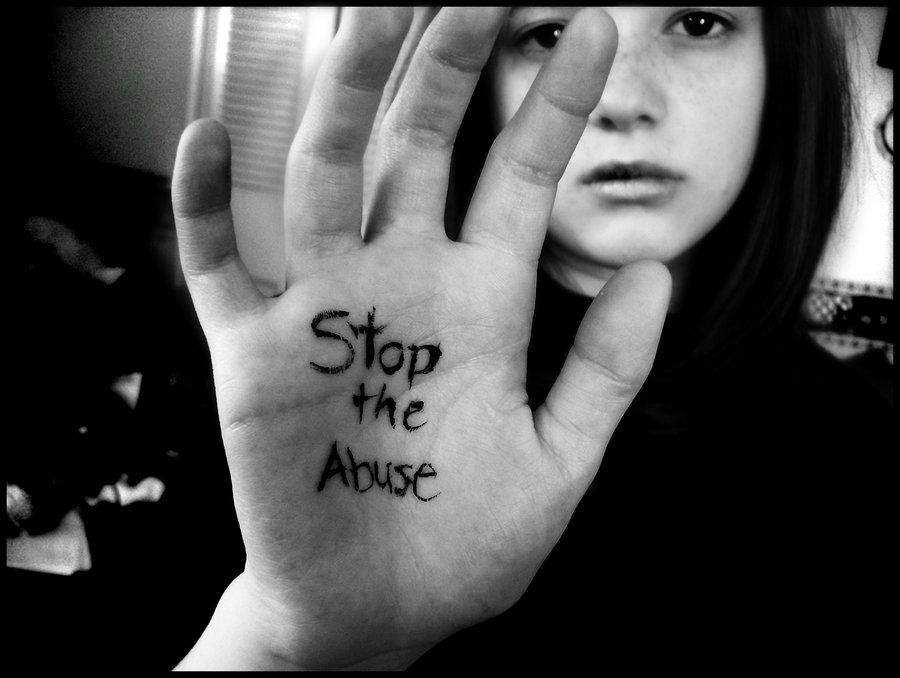■ Cost effective to administer
■ Provide information on how family members evaluate their own functioning.
■ The Dyadic Adjustment Scale (DAD)
■ 32-item measure of marital quality and marital adjustment
■ Four subscales measure
- • marital satisfaction
- • cohesion
- • consensus
- • affective expression
■ The Family Questionnaire (FQ)
o Brief measure of perceived criticism and overinvolvment.
■ The Family Assessment Device (FAD)
o 60-item scale that assesses the six dimensions of the McMaster Model of Family Functioning
- ■ Communications
- ■ problem solving
- ■ affective responsiveness
- ■ affective involvement
- ■ roles
- ■ behavior control
Interview-based family assessment instruments
■ More labor intensive and require rater training.
■ Provide an outside perspective on how a family functions compared to other families.
■ The Camberwell Family Interview o Requires extensive training
o Used to assess levels of criticism and overinvolvment.
■ The Five Minute Speech Sample o Method of assessing expressed emotion in relatives of patients with psychiatric disorders.
■ The McMaster Clinical Rating Scale (MCRS) o Based on a family interview conducted by a rater
o Assesses the same six dimensions of family functioning as the FAD in addition to assessing the overall health/pathology of a family.
o Inter-rater and test-retest reliability as well as concurrent and discriminative validity.
o Can take from 45 to 90 minutes depending on the experience of the rater.
Family Therapy for Childhood and Adolescent Disorders
o Childhood and adolescent behavior problems have been strongly and consistently linked to a number of family factors, such as conflict and aggression.
o Longitudinal studies show that ineffective parenting practices in childhood maintain antisocial behavior into adolescence.
■ Family based interventions for child behavioral problems
o Various family therapy approaches specifically target the coercive family patterns maintaining behavior problems while at the same time bolstering protective factors in the family and other systems that have an impact on the child.
■ Engagement and Retention Therapy
o One of family therapy’s major contributions is an increased focus on strategies for engaging difficult youth and their families in treatment
■ Parent Management Training
o Focusing on the parent in treatment
o Helping parents identify, observe, and react to the child’s problem behavior in new ways
o Applying social learning principles to increase parenting skills to shape the child’s behavior.
o Providing opportunities to practice new parenting skills and apply them in the home.
■ Functional Family Therapy
o This model is based on the assumption that children’s behavior problems serve a function within the family system and are initiated and maintained by maladaptive interpersonal processes.
o Treatment targets change in these destructive interactional patterns and uses behavioral interventions to reinforce positive ways of responding and to establish more effective problem-solving
■ Multisystemic Therapy
o Several different models have demonstrated efficacy and are generating evidence of effectiveness community-based replication studies.
o These therapies promote positive outcomes such as more pro-social peer relationships and family functioning, as well as reducing conduct problems.






